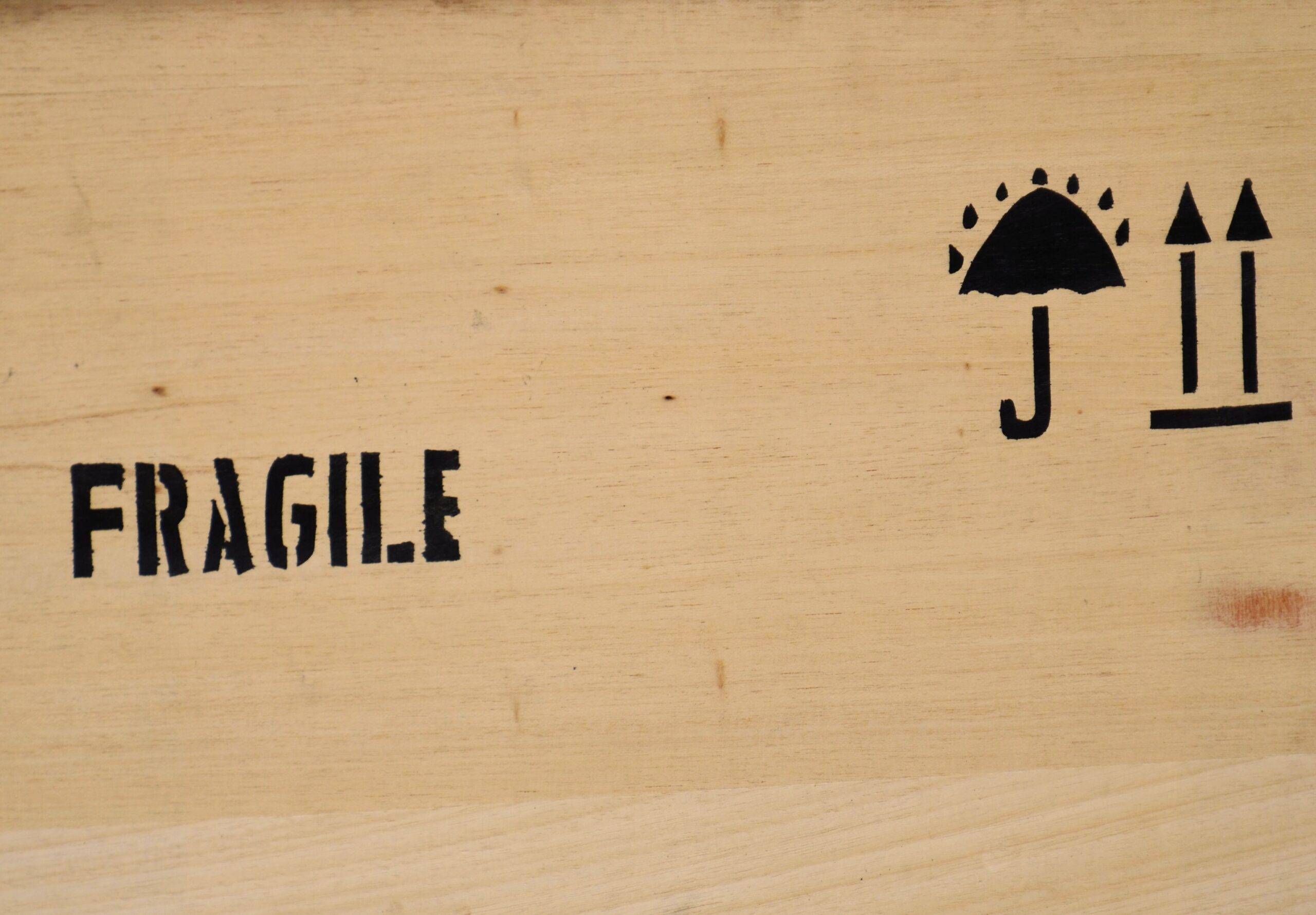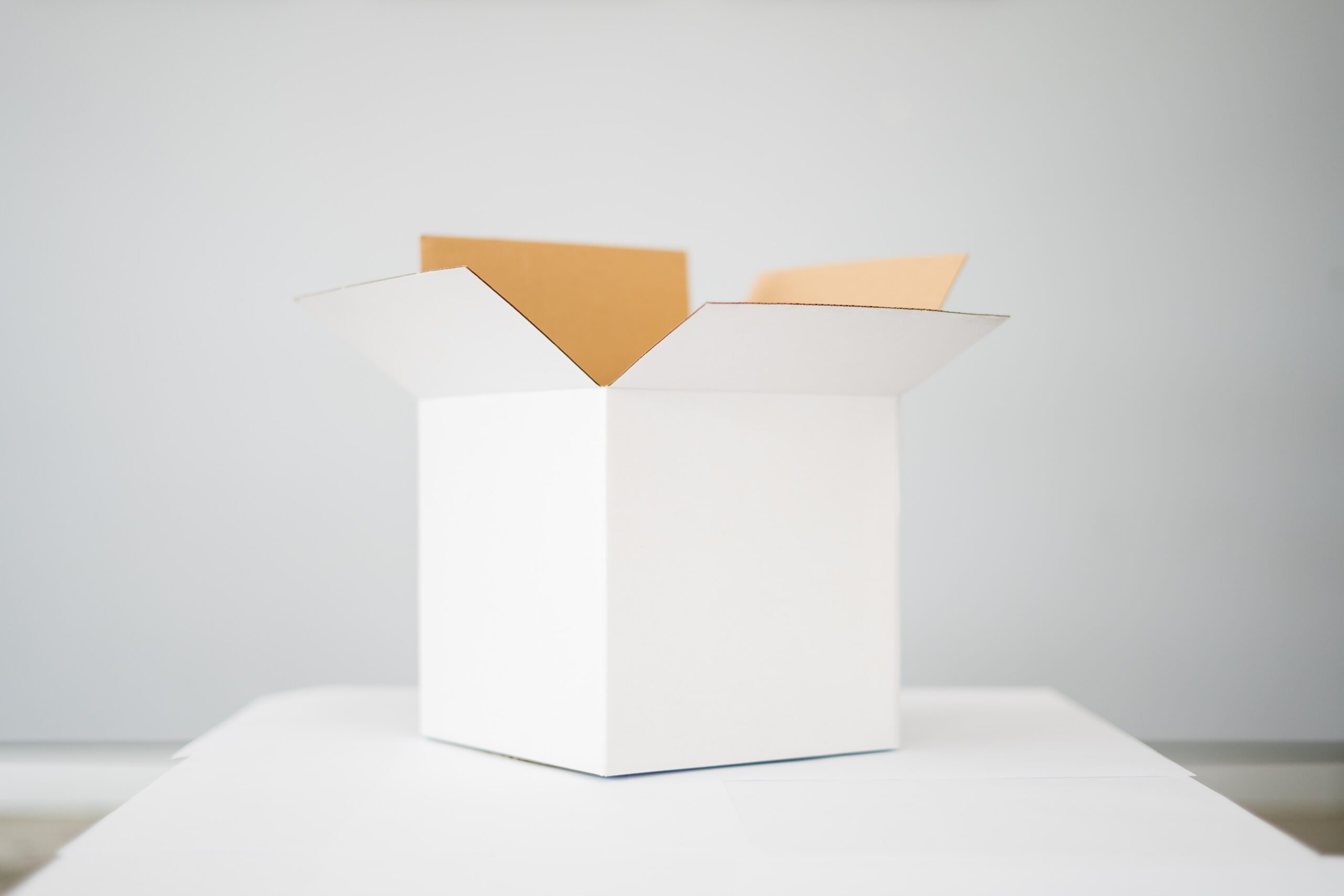In general, artwork should be maximally protected during transport, as even on a short journey, various shipping hazards can damage the piece. Factors such as humidity, shocks, vibrations, etc., should all be considered to minimize the risks. Initially, the specifics of your shipment must be carefully analyzed before proceeding with packaging, including:
- The nature of the items to be shipped,
- The modes of transportation (road, maritime, or air),
- The destination (national or international).
In this article, we will discuss three main points to help you choose your packaging:
- The packaging techniques used,
- The choice of packaging materials,
- Adapting the packaging to the specificity of the object.
Packaging Techniques
Padding Technique
Padding refers to all forms of protection and packaging, excluding crates. It involves all types of protection for objects that can be handled by hand. In many cases, it is so effective that it is sufficient. There are two types of padding:
- Simple padding involves applying a first layer of protection directly in contact with the artwork, protecting it from dirt and dust. A soft, intermediate protection layercan then be added to absorb shocks, vibrations, and potential temperature variations (high heat, humidity, etc.).
- Reinforced padding is used to ensure perfect and integral protection of the artwork. The initial padding is reinforced by an outer rigid or semi-rigid layer, providing additional resistance and better handling of the object. This is particularly useful for transporting large objects,
often referred to as the “three-layer technique”.
For long-distance transport,some objects may require additional protection, such as foam padding, which is highly effective in shielding delicate works from transport vibrations.
Fragile Artworks
For very fragile works, especially those with delicate structures or containing glass, a specific and cautious packaging approach is often recommended. Pre-packaging or covering the glass with materials like bubble wrap, adding corner protection with foam, and labeling the packaging as “FRAGILE” are advisable. Consider doubling or tripling the protection layers if necessary.
 Choice of Materials
Choice of Materials
Choosing materials that come into direct or indirect contact with the artwork is crucial for optimal protection. It is essential to select materials with no toxic chemical emissions and certified with traceability.
Synthetic Materials
It’s something created by humanity. Most of the packaging used in art transport are synthetic materials. Commonly used synthetic materials for art transport include:
Tyvek: A versatile, 100% synthetic material made from polyethylene fibers, known for being resistant, breathable, and recyclable.
The Bondina:A non-woven material made of 100% polyester, ideal for delicate works like pastels, charcoal, textiles, leather, metals, paintings, and objects.
Melinex: A polyester material, chemically neutral and highly resistant to moisture, often used for transparent packaging of paintings.
Ecolokraft: Double-protected bubble wrap paper, combining shock-absorbing qualities with kraft paper.
Natural Materials
Famous natural packaging includes mulberry tissue paper,ideal for protecting various objects, and wooden or cardboard crates known for their natural composition and strength.
For a cost-effective alternative, softpack, a soft and affordable protection often made of cardboard, can be used, along with interior, protection using synthetic materials like foam.
Foams
Polyurethane (PU) foam, a polymer and plastic material, is used for securing artworks, lining crates, and protecting various objects.
Polyethylene (PE) foam, made from ethylene polymer and plastic, is appreciated for its anti-vibration qualities and is often used to line crates containing heavy and voluminous artworks.
 Adapting Packaging to the Nature of the Object
Adapting Packaging to the Nature of the Object
It is crucial to tailor the packaging to the nature of the artwork being shipped.
Rigid supports, such as oil paintings on canvasor framed and/or glass-covered works, may be placed in lined crates with foam or showcase foam-lined crates.
Small objects and sculptures may be placed in wooden or cardboard boxes with interior padding to cushion shocks. Don’t forget to pre-wrap them with protective padding, such as tissue paper and bubble wrap.
For particularly fragile items,a “showcase foam” crate may be required to prevent potential damage during transport. Applying a “FRAGILE” label on the packaging after properly packing the item is recommended.
For large furniture and bulky items,reinforced padding is also advisable. A simple large crate may suffice, provided that the corners are well protected. Consider separately packaging glass and marble tops, ensuring vertical transportation, and adding a “FRAGILE” label on the packaging.
AtMoviiuwe specialize in custom packaging based onparticipative logistics.. Using your information, our team of experts designs tailored solutions (size, shape) to ship your valuable items under the best conditions (watches, jewelry, small furniture, classic 2D art, and small 3D art). Our service is simple, fast, and flexible, adapting to your budget and transport constraints while maintaining the expertise and experience characteristic of the art world.
Photos : Roberto Sorin, Stephane YAICH, Kelli McClintock
